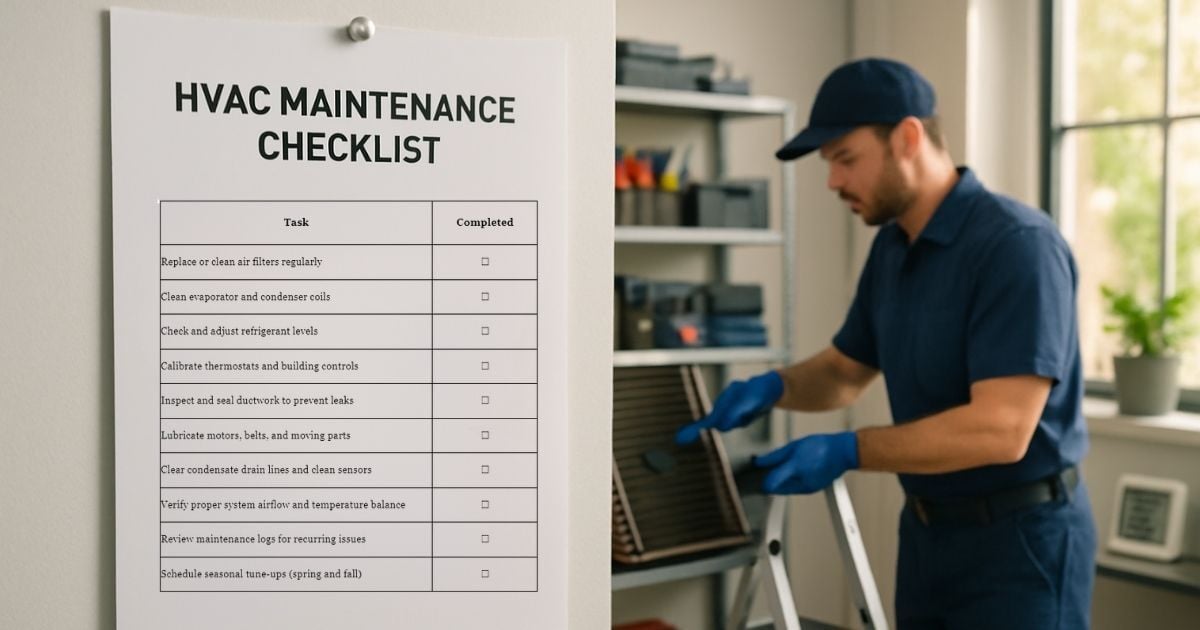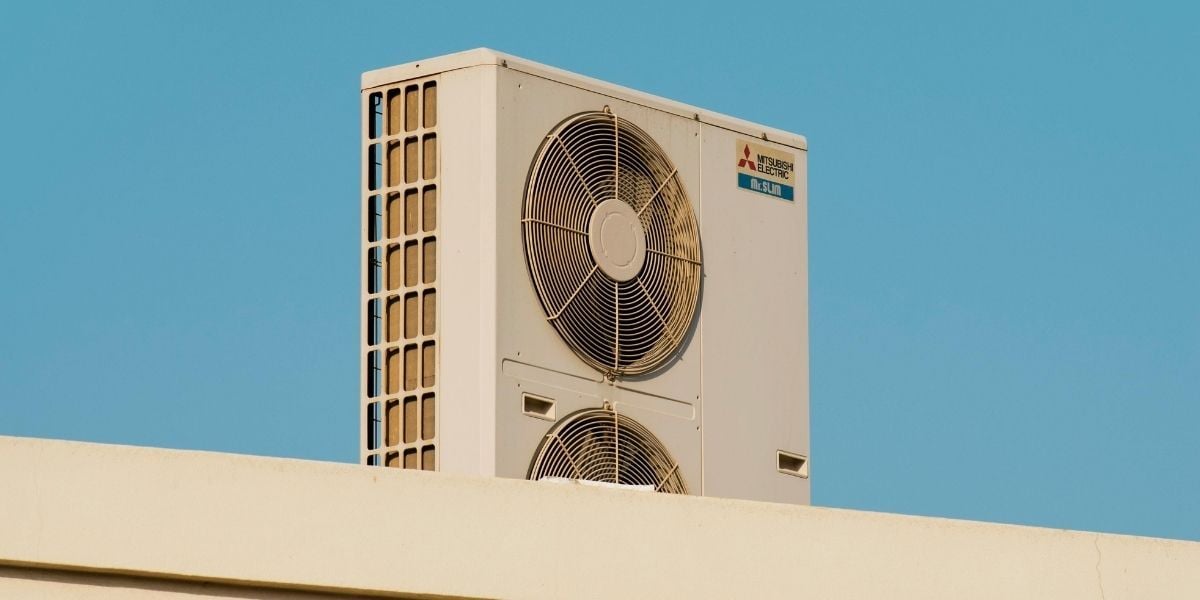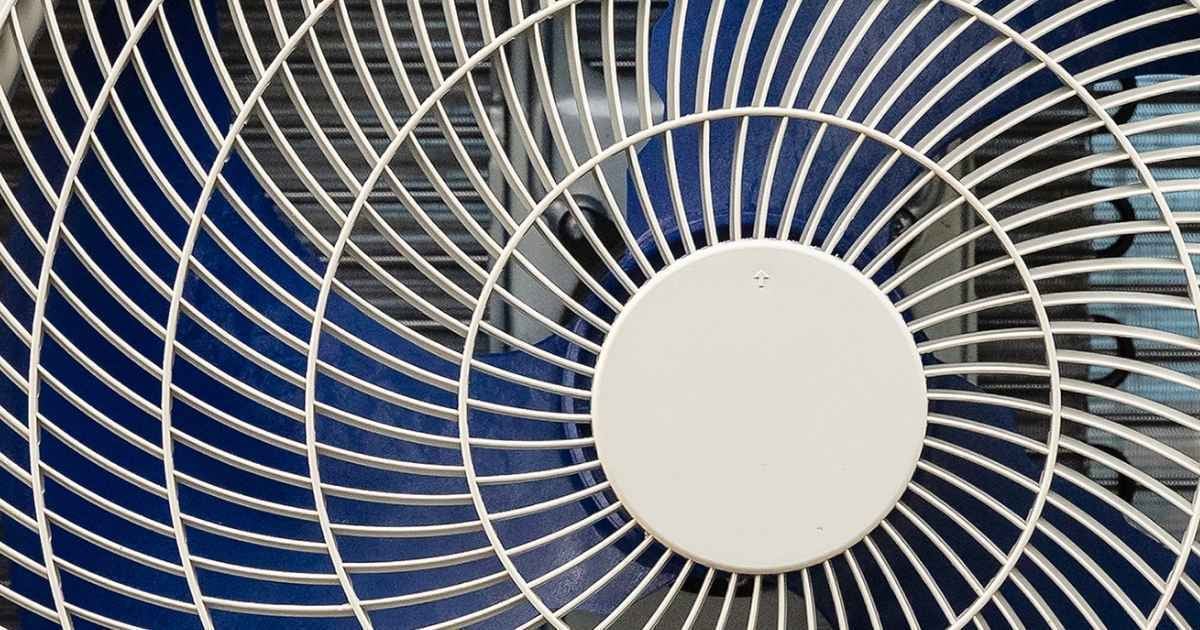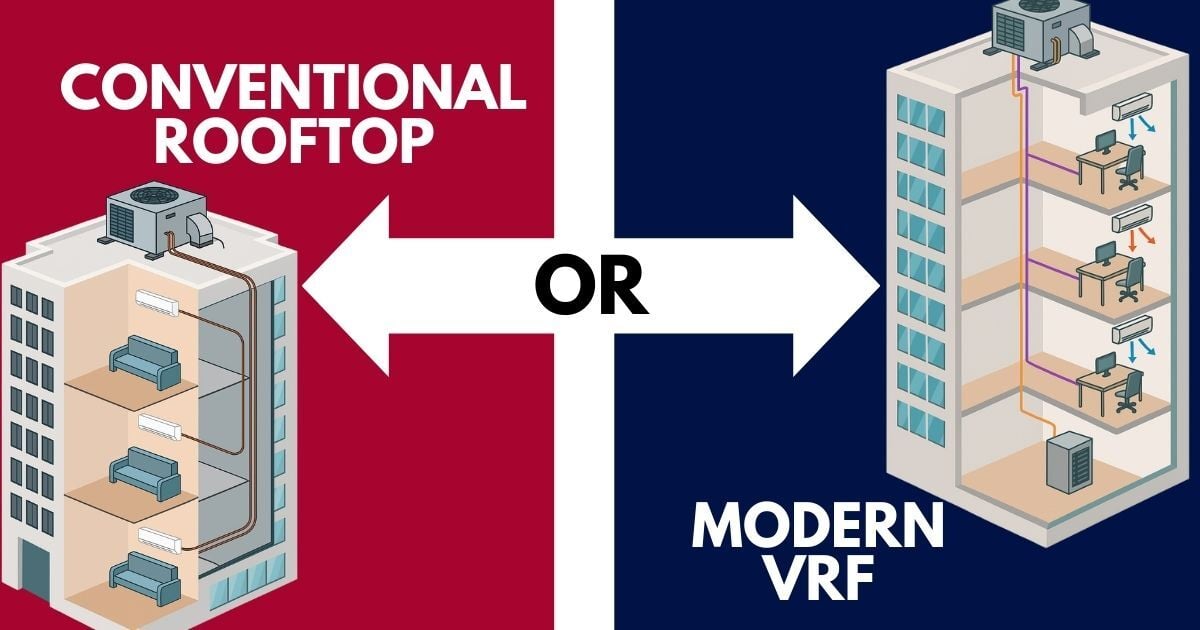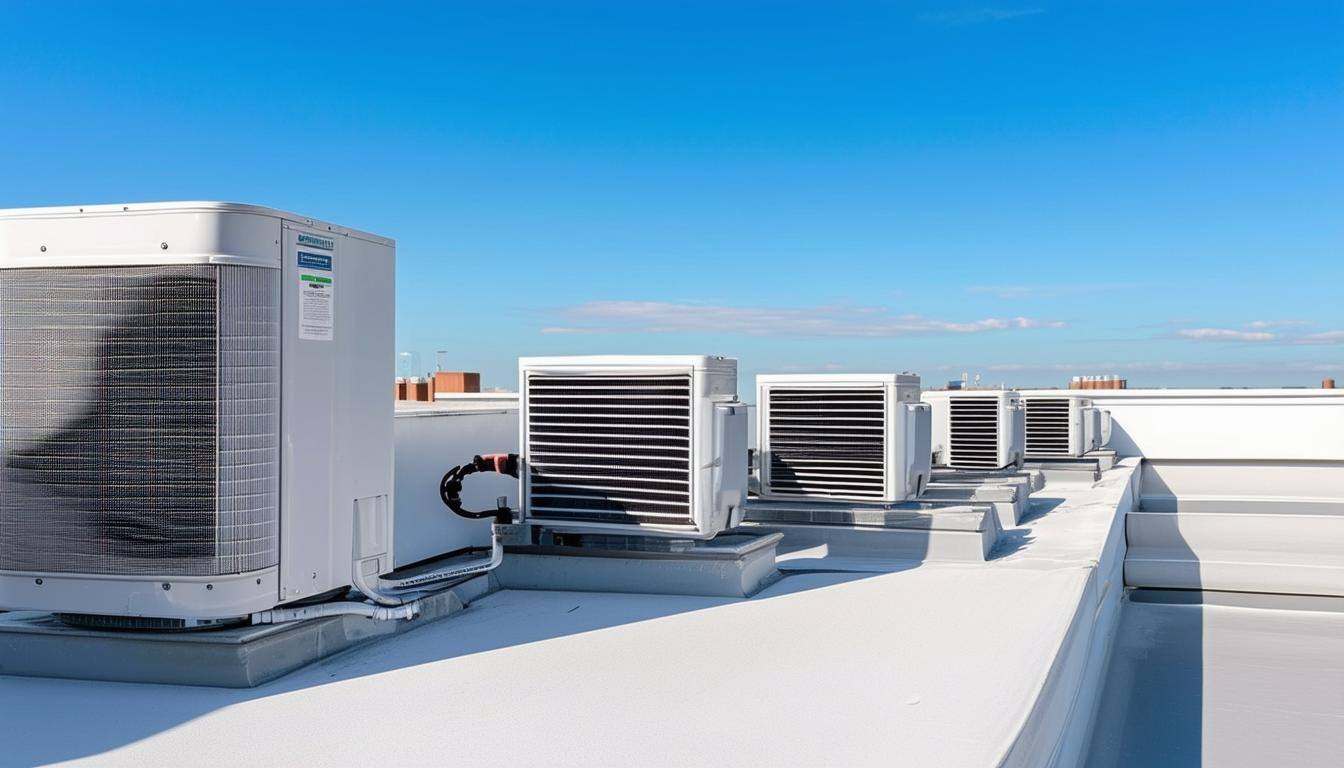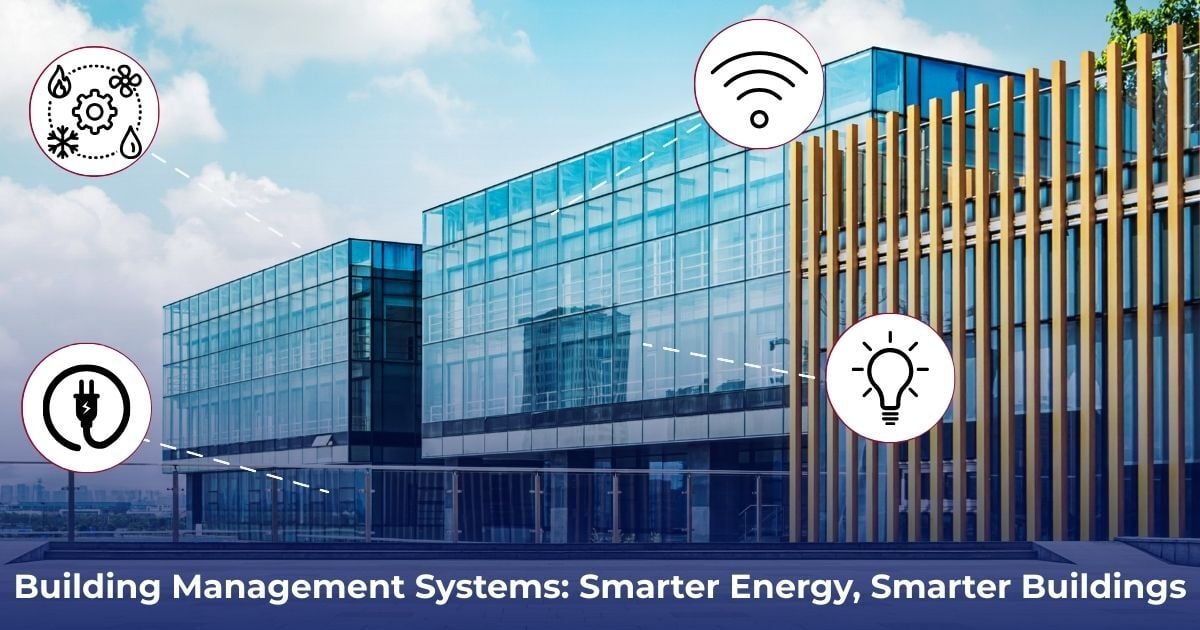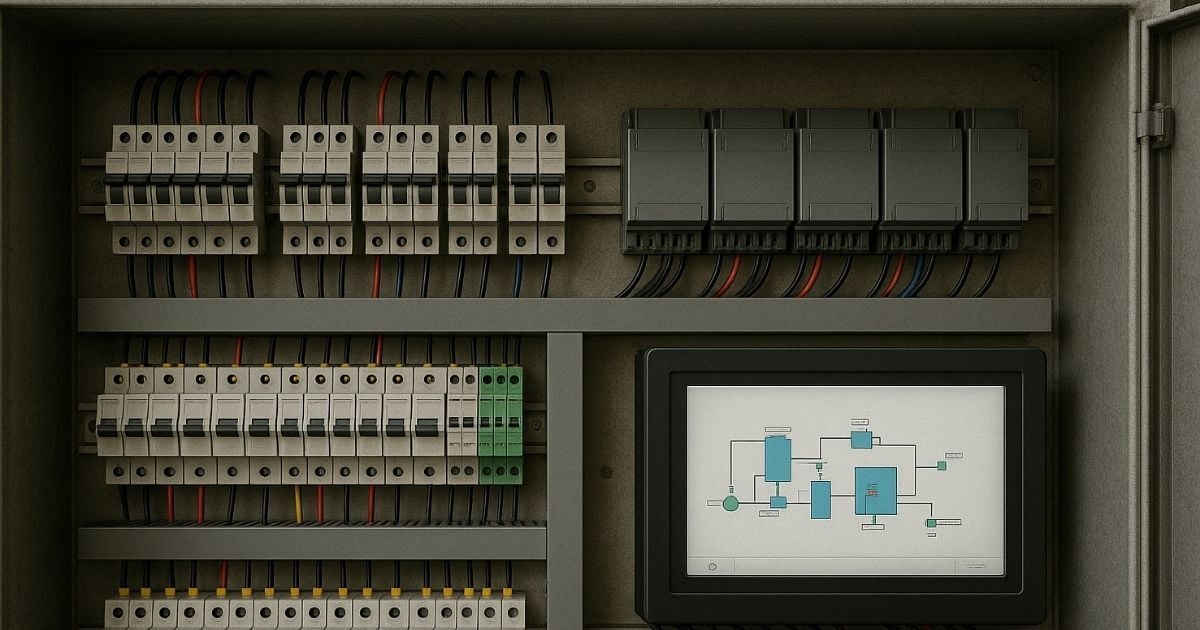
You’re standing in front of your building’s HVAC controller, and a cryptic code like “U4” or “CH38” flashes on the screen. What now? Should your in-house team reset the unit, or is this a red-alert situation that needs a licensed technician immediately? If you're like many facility managers or building engineers, you’ve run into this frustrating moment, right when indoor comfort or system uptime matters most.
At Harold Brothers Mechanical, we’ve spent decades working with some of the most common commercial HVAC brands: Trane, Daikin, Mitsubishi, LG, and Fujitsu across hospitals, universities, industrial facilities, and office buildings throughout New England. Our licensed technicians deal with these systems every day, and we know firsthand how critical it is to understand which errors you can safely reset and which require professional help.
In this article, we’ll break down the most common HVAC error codes by brand, explain what they mean in plain English, and help you know exactly when your team can take action—and when to call in the pros. Let’s demystify those blinking codes and put the power of prevention and clarity in your hands.
Do All Commercial HVAC Units Use the Same Error Codes?
No—error codes vary by brand, model, and controller type. Even within a single brand like Trane or Mitsubishi, codes may differ between system lines such as VRF, rooftop, or ductless split systems.
That’s why it’s important to know what model line you’re working with. The following sections focus on the most popular commercial units in New England and the error codes those units use.
Many modern commercial HVAC systems, especially those from Trane and Daikin, integrate directly with BAS interfaces to display error codes, schedule maintenance, and optimize performance. If you're considering a smarter facility setup, this guide on the cost and value of a Building Management System (BMS) explains how it can reduce energy waste and service calls.
Common Trane HVAC Error Codes and What They Mean
Trane is one of the most widely used HVAC manufacturers in commercial buildings across the U.S., known for its reliability and integration with building automation systems (BAS). Their systems are common in schools, offices, and industrial facilities and are often paired with Tracer controls for smart diagnostics and performance monitoring.
Popular Trane Systems:
- Voyager Rooftop Units (Packaged RTUs)
- IntelliPak Systems
- Tracer SC or UC Controllers (BAS-integrated)
- Variable Refrigerant Flow (VRF) Trane/Mitsubishi Alliance units)
Common Trane HVAC Error Codes and What They Mean
Trane RTUs typically use 2–3 character alphanumeric codes, while Tracer systems may display codes through a Building Automation System.
May Be Handled by In-House Maintenance:
- L03 – Low airflow detected
Check filters, supply/return obstructions, or damper positions - F04 – Return air sensor fault
Reset the system and inspect sensor connections - A01 – High humidity alert
Drain line may be clogged or condensate pan full
Requires a Licensed HVAC Technician:
- H13 – Compressor lockout
May indicate repeated failure to start or current imbalance - L04 – Low suction pressure
Likely a refrigerant issue requiring leak testing and EPA handling - F10 – Control board failure
Main PCB failure; requires replacement
Where to Check Codes:
On touchscreen panels, BAS terminals, or Voyager control boards.
Daikin Commercial HVAC Error Codes
Daikin is a global leader in HVAC technology and one of the pioneers of Variable Refrigerant Volume (VRV) systems. Their commercial equipment is known for energy efficiency, advanced controls, and seamless scalability in mid-sized to large commercial facilities. Ignoring HVAC error codes can lead to breakdowns that disrupt operations. If you're already facing downtime, here's how to keep your business running during HVAC failures.
Popular Daikin Systems
- VRV IV/VRV LIFE Systems (VRF)
- SkyAir Commercial Ducted Units
- Daikin Applied Rooftop Units (Rebel, RoofPak)
- Intelligent Touch Manager (iTM) controllers
Common Daikin HVAC Error Codes and What They Mean
Daikin’s VRV/VRF systems use two-character alphanumeric codes, such as U4, J6, or L5, often seen on wired controllers or BMS screens.
May Be Handled by In-House Maintenance:
- UA – Indoor/outdoor communication error
Reset power to all units and verify breaker status - C4 – Return air thermistor fault
Clean filters and sensor; ensure unblocked airflow - CJ – Discharge air sensor fault
Monitor; may self-correct after power reset
Requires a Licensed HVAC Technician:
- U4 – Lost communication between indoor and outdoor
Possible wiring or board failure - L5 – Compressor lock or inverter board error
Shut down system and call technician - E7 – Indoor fan motor locked
May need motor replacement
Where to Check Codes:
On wall-mounted Daikin controllers or BMS software via Intelligent Touch.
Mitsubishi Electric Error Codes for Commercial HVAC
Mitsubishi Electric specializes in ductless and variable refrigerant flow (VRF) systems tailored for energy-efficient zone control. Their City Multi systems are a popular choice in offices, schools, and retrofits, especially where flexible zoning and quiet operation are priorities.
Popular Mitsubishi Systems
- City Multi VRF (R2 & Y-Series)
- PUMY & PUHY Outdoor Units
- Mr. Slim Commercial Ductless
- PAR-33 or PAC-YT53 Controllers
Common Mitsubishi HVAC Error Codes and What They Mean
Mitsubishi uses 2-letter or alphanumeric codes like E6, U0, or P8, displayed on wall-mounted wired controllers.
May Be Handled by In-House Maintenance:
- E6 – Communication fault indoor to outdoor
Reset power. If unresolved, escalate. - P8 – Outdoor temperature sensor error
Reset and check outdoor airflow - EA – Indoor fan motor fault
Check for debris or blocked fan blades
Requires a Licensed HVAC Technician:
- U0 – Low refrigerant charge
Needs leak detection and refrigerant recharge - E0 – EEPROM error (controller memory failure)
Control board may need reprogramming or replacement - P5 – Compressor temperature fault
Risk of overheating—shut down unit
Where to Check Codes:
On PAR or PAC controllers, some models support error history lookup.
LG HVAC Commercial Error Codes Explained
LG’s Multi V systems bring cutting-edge inverter technology and centralized control to the commercial HVAC space. They’re often found in multi-tenant office buildings, hospitals, and retail centers where precise comfort and aesthetics matter.
Popular LG Systems
- Multi V VRF Systems
- Split Rooftop & Ducted Commercial Systems
- AC Smart Central Controllers
Common LG HVAC Error Codes and What They Mean
LG uses CH (Check) codes or alphanumeric codes like CH38, CH05, or L6, depending on the controller type.
May Be Handled by In-House Maintenance:
- CH 01 – Indoor temperature sensor error
Power cycle and confirm airflow - CH 03 – Outdoor temperature sensor
Check outdoor clearances and wiring - CH 05 – Communication fault
Reset system and check for loose data cables
Requires a Licensed HVAC Technician:
- CH 38 – Low refrigerant detection
Needs leak test and certified handling - CH 67 – Inverter compressor fault
Shut down and schedule service - CH 25 – Pressure switch open
May indicate high-pressure event
Where to Check Codes:
On AC Smart touch controllers, handheld diagnostic tools, or LED sequences.
Fujitsu Error Codes for Commercial Systems
Fujitsu’s Airstage systems are popular in light commercial and mixed-use buildings for their compact design and ease of installation. Their VRF systems offer strong performance in both ducted and ductless configurations, supported by advanced control options and service tools.
Popular Fujitsu Systems
- Airstage VRF Systems (V-II, J-II, J-IV)
- Cassette & Ducted Split Units
- UTY Controllers or Service Tool
Common Fujitsu HVAC Error Codes and What They Mean
Fujitsu uses 2-digit numeric codes or LED blink codes, sometimes displayed through the remote or external diagnostic interface.
May Be Handled by In-House Maintenance:
- 03 – Indoor unit thermistor
Clean filter and reset unit - 07 – Outdoor temperature sensor
Clear outdoor debris, monitor changes - 11 – Communication error
Check wiring and reset power
Requires a Licensed HVAC Technician:
- 10 – Outdoor fan motor failure
Part replacement needed - E1 – High-pressure protection
Turn system off and call tech - 14 – Compressor overcurrent
May damage compressor if left unchecked
Where to Check Codes:
Via UTY wall controller or USB diagnostic tool.
Final Takeaway: Know Your System, Know Your Codes
Commercial HVAC systems are designed with advanced diagnostics to prevent small issues from becoming system-wide failures. But each manufacturer uses different error codes, and even within a single brand, these codes vary by model and controller. Knowing what they mean isn't just helpful—it’s critical.
Now that you have a clearer understanding of what those codes mean across Trane, Daikin, Mitsubishi, LG, and Fujitsu systems, you can make faster, smarter decisions when alerts pop up. You’ll know when it’s a simple filter check… and when it’s time to shut the system down and call in a certified tech.
Want to minimize downtime and avoid the chaos that can come with surprise HVAC issues? Learn how to keep your building running smoothly, even during major HVAC repairs, with practical tips from our experts. Discover how to stay operational when your HVAC system goes down.
At Harold Brothers Mechanical Contractors, we’re not just HVAC experts—we’re your partners in keeping commercial buildings running smoothly. Whether you're maintaining a campus of rooftop units or managing a multi-zone VRF system, our licensed professionals are here to help you keep error codes from turning into emergencies.
Topics:













